News
Yoshio SHIRAKAWA – Special Feature: Contemporary Art | LIFE: Living in this World
June 28 – August 31, 2025
Tottori Prefectural Museum of Art
link
Yoshio SHIRAKAWA : Things That Spring Forth
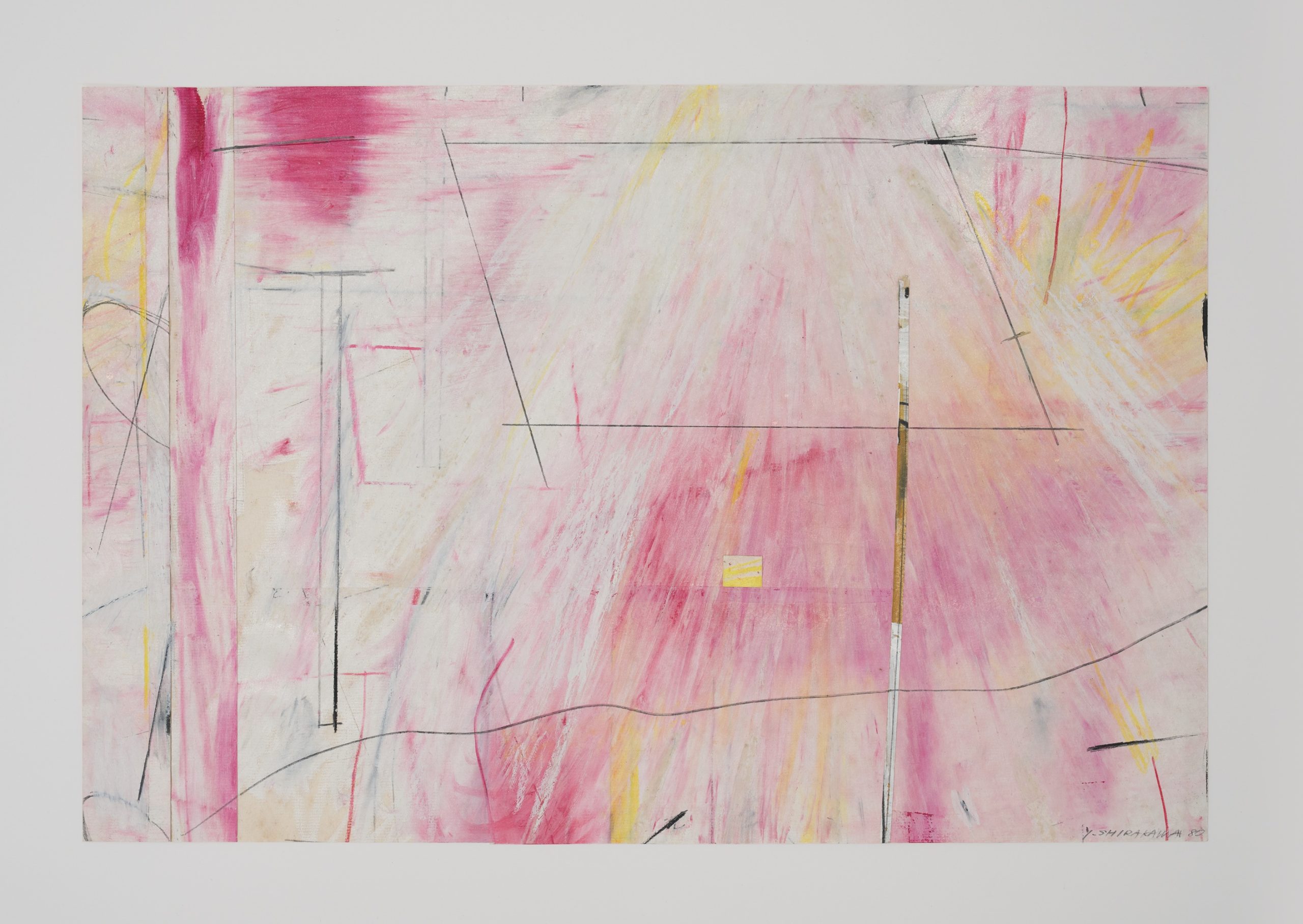
1980
Pencil and oil pastel on paper
39 x 58.3 cm
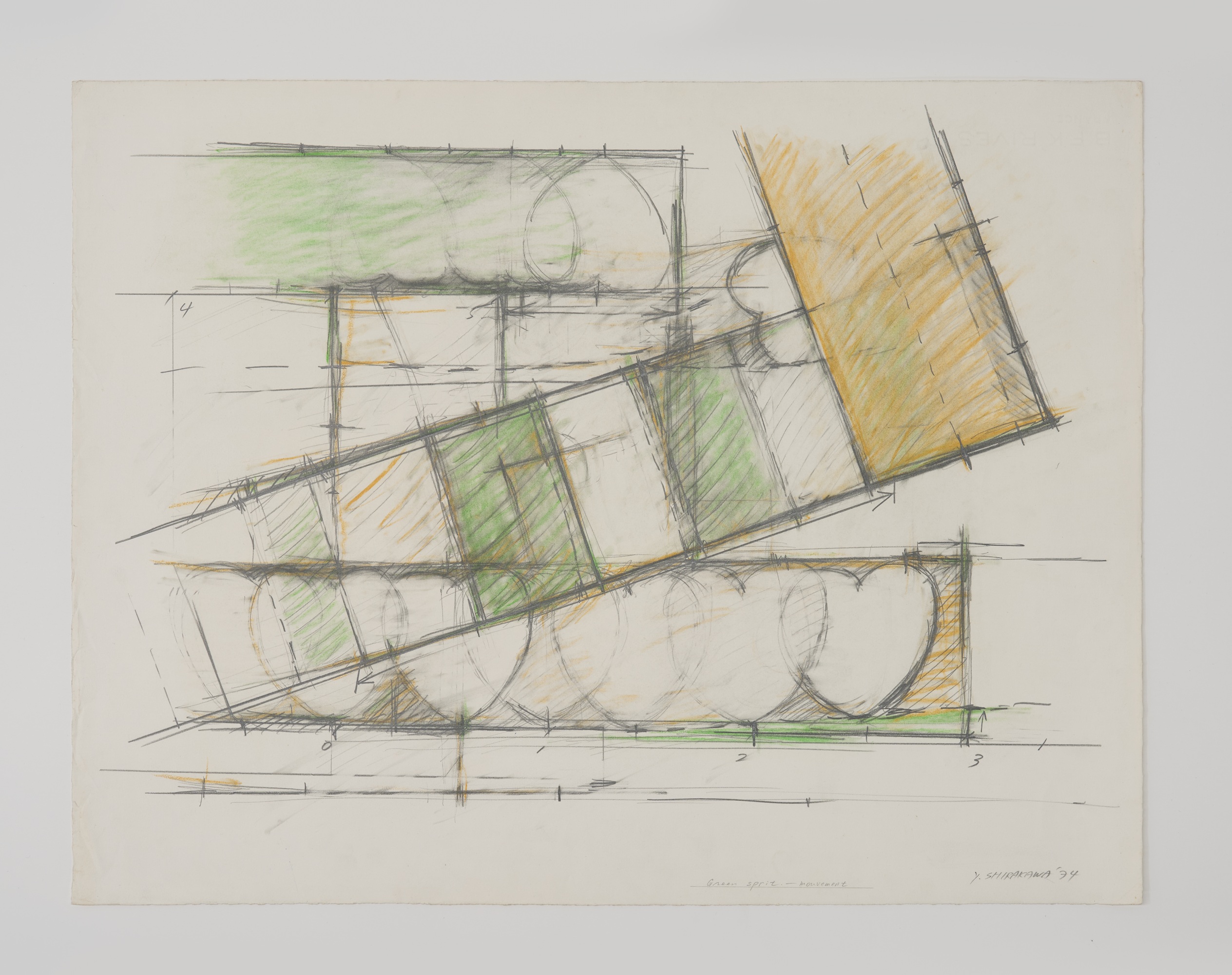
1974
Pencil and pastel on paper
50.1 x 65 cm
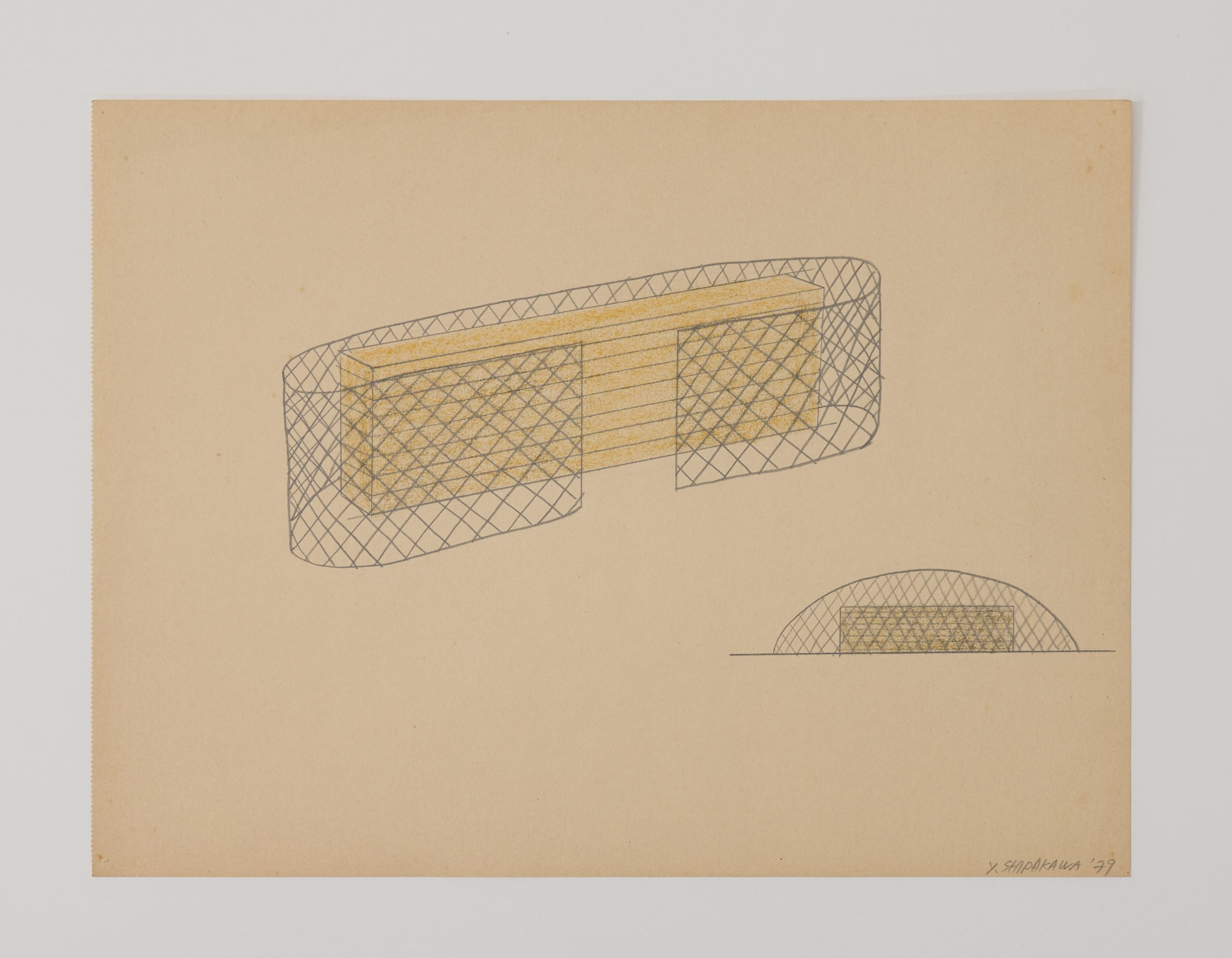
1979
Color pencil on paper
30 x 40.1 cm
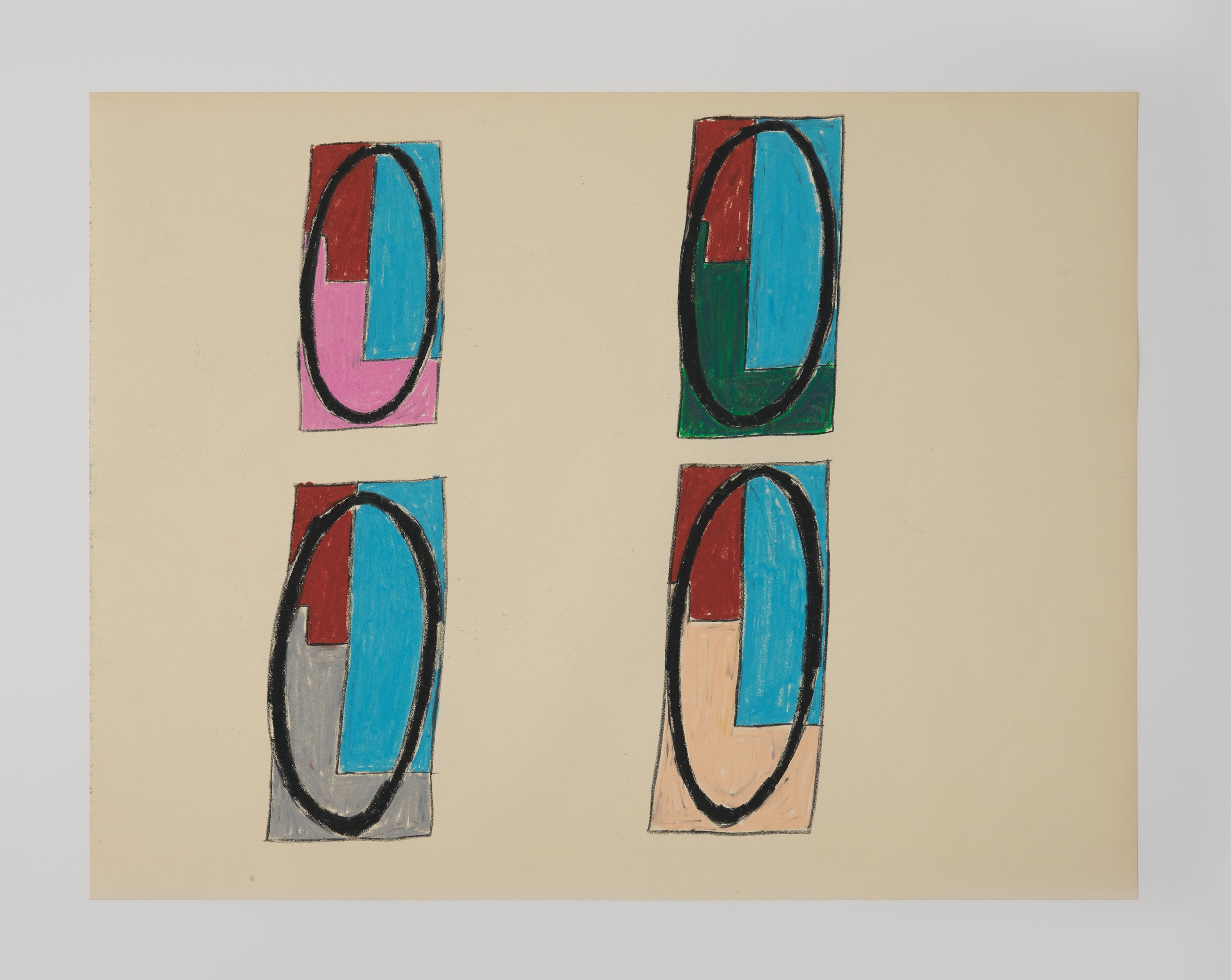
2002
Pencil and oil pastel on paper
50 x 65 cm
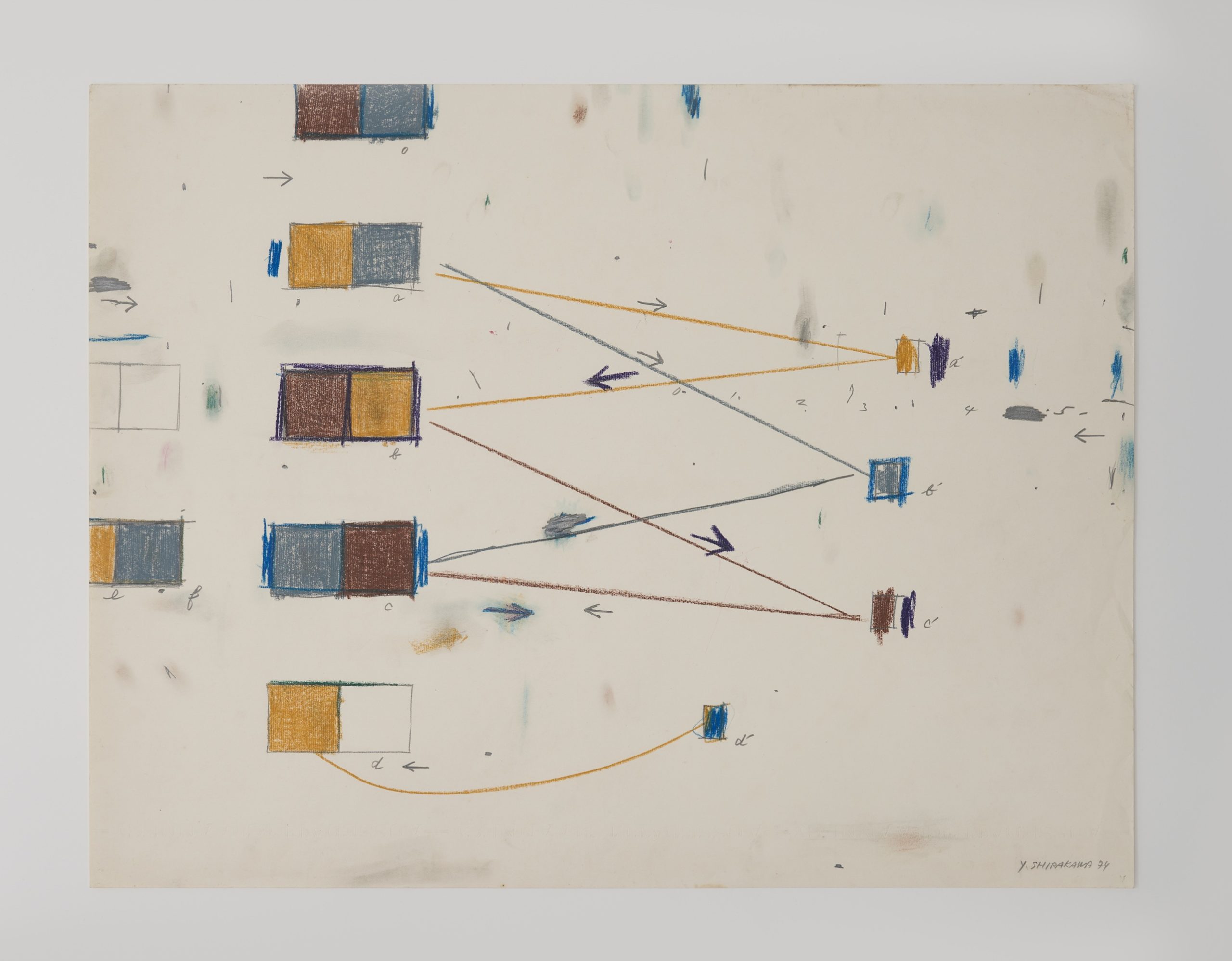
1974
Pencil and oil pastel on paper
50.1 x 65.2 cm
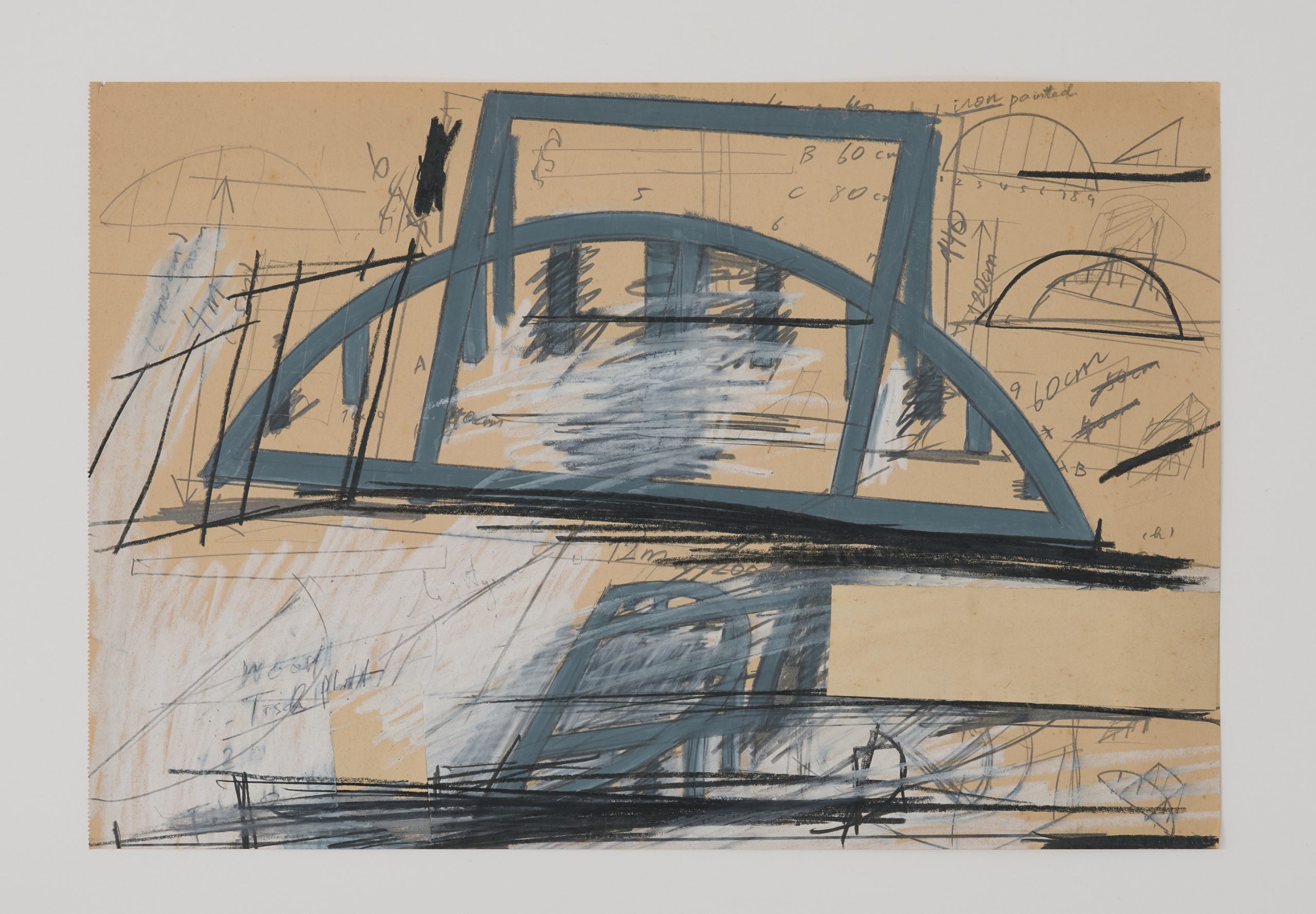
1995
Pencil and oil pastel on paper
32.3 x 48 cm
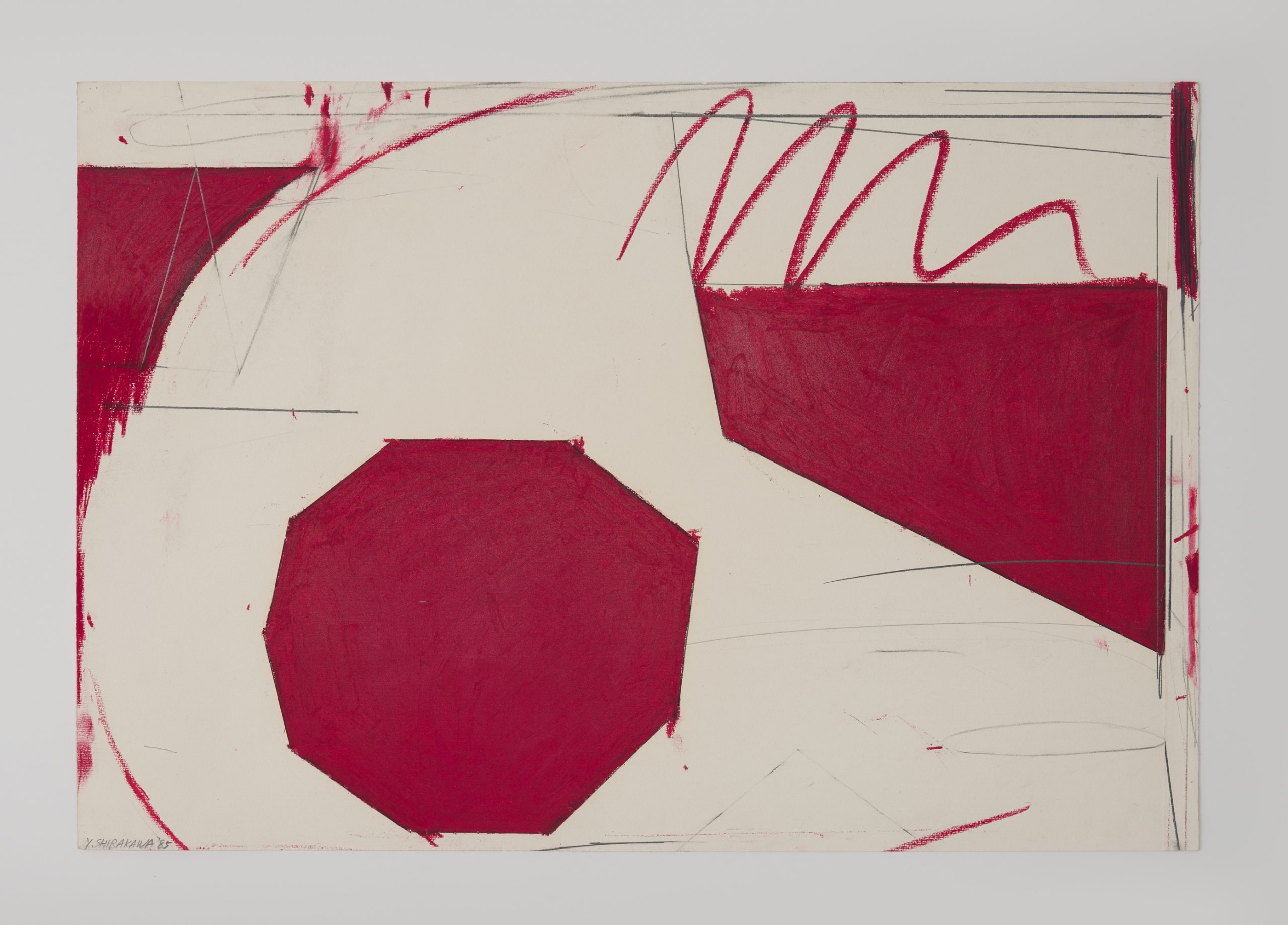
1985
Pencil and oil pastel on paper
48 x 70 cm
Monochrome—Responsive Dimensions: Drawings of Yoshio Shirakawa
Ryo Katsumata (Art Critic)
The drawings showcased at Things That Spring Forth represent part of what Yoshio Shirakawa has been drawing at various times over the years since the 1970s and thus do not fall under a common framework such as a series or group. While this makes it difficult to identify a consistent characteristic among them, it allows us to find evidence of his formal interest transitioning at certain moments throughout his career.
Shirakawa moved to Europe in 1970 and attended schools in France and Germany before returning to Japan in 1983. In 1976, he entered Kunstakademie Düsseldorf, where he studied under Günther Uecker, renowned for his canvas board pieces studded with myriad nails. Around this time, Shirakawa, who had previously been focused on paintings, began creating three-dimensional works. Among the drawings presented at this exhibition, Framework for movement (1974), for example, belongs to the period before this point, and Spatial form (1979) belongs to the period after. While the former comprises forms sliding or rotating along a flat, two-dimensional surface, the latter, which portrays a spatial relationship between a rectangular volume and net casing around it, reveals the artist’s interest in three dimensions. In fact, his drawings after this period often bear characteristics of a design drawing or preliminary sketch for his three-dimensional works, such as a sculpture and installation. Frame form (1995) is one such example.
However, in Shirakawa’s case, the relationship of his drawings to the three-dimensional works is not necessarily a subordinate one. The use of monochrome is an important clue in confirming this speculation. Monochrome in Shirakawa’s works—in other words, a means of reducing colors to one—is not something that makes his expression monotonous: It rather functions as a dynamic principle that enables a dimensional transition. This premise perhaps may become more explicit by first looking at the three-dimensional side.
Around 1982, Shirakawa began the Red – Sculpture series, developed both as three-dimensional works and drawings. Firstly, the compositional sculptures, consisting of wooden parts, approximate to architectural, three-dimensional structures. Secondly, however, the entire structure is enveloped in red, thus blurring the articulated borders among different parts. The continuous surface appears like a flat shadow, suggesting a corresponding relationship with a drawing. Red – Form (1985) presented at this exhibition implies such association. Thirdly, the red is created not with opaque paint but is a result of “dyeing” the sculpture with a dye. According to Shirakawa, he envisioned this treatment would allow the color to permeate deep into the object (*1). In a way, this process integrates a spatial dimension in which the dematerialized color “passes through” an object like an apparition (*2).
Monochrome, which aspires toward immateriality, was explored by Yves Klein, who regarded blue as a color “beyond dimensions.” In light of Shirakawa’s artistic development through his time in Europe, this fact is pregnant with suggestion. ZERO—an artist group formed in Düsseldorf in 1957, which included Uecker, who later became Shirakawa’s teacher, as one of the core members and was also joined by Klein—pursued pure light and color independent of matter. Piero Manzoni—known for his all-white Achromes and a satirical work Artist’s Shit, which lampoons art in a capitalist material society—was also involved in this movement. This fact is worth remembering along with the later activities of Shirakawa, who would propose an alternative economy based on a regional currency and advocate merde (shit) sculpture.
Coming back to the drawings, Frame form and Red – Form, which, in a way, resemble plan drawings prepared for sculptures, possess flexibility that allows for multiple dimensions to intertwine, just as the Red – Sculpture series does. While the forms depicted in Frame form and Red – Form emphasize their flat silhouettes, oil pastel used for coloring the works carries material texture. For Shirakawa, pastel stands apart from surface colors that merely define the exterior of an object (accessories to the object); he regards it as a drawing tool with the potential to constitute an object solely through its color. In the past, he even asked a manufacturer to custom-make solid-block pastels (*3). This paradoxical condition, in which color occupies the entire mass and thereby liberates itself from subordination to material, echoes the “dyeing” of sculpture in Red – Sculpture. One might also relate this to the permeability of the sponges used in Klein’s sculptures.
Thus, in several examples, Shirakawa’s drawing and sculpture are not in a hierarchical relationship where one is subordinate to the other; rather, they are incorporated within each other. In those works, the friction between the plane and the object is not only demonstrated but also “passes through” the closed exterior of the objects to indicate spatial openness. In this regard, Appearance (1980) is a symbolic drawing. It consists of pencil lines, planes forming parallelograms, and radiating pastels, all implying depth filling the surface, with multiple directional axes intersecting each other. Perhaps this dynamism of dimensional response, transition, or synthesis resonates with the concept of art as an “energy field” (*4), shared by ZERO, Klein, and Joseph Beuys.
*1 Based on author’s interview with Shirakawa (May 7, 2025).
*2 Other works, such as Yellow Plan (1981) and Summer Light (2019) that use yellow, also reveal Shirakawa’s exploration of spatiality through monochrome.
*3 Based on author’s interview with Shirakawa (May 7, 2025).
*4 Andrew Causey, Sculpture Since 1945, Oxford University Press, 1998, p. 139.
–
Yoshio SHIRAKAWA
Born 1948 in Fukuoka, Japan, SHIRAKAWA graduated from Kunstakademie Düsseldorf in 1981. Recent shows include To the Enneades (rin art association, 2022), Summer Light (solo, Maki Fine Arts, 2019), Weavers of Worlds -A Century of Flux in Japanese Modern/Contemporary Art–(Museum of Contemporary Art Tokyo, 2019), Beyond the future of Meld Sculpture (curation, Maki Fine Arts, 2018), Creative Dialogue with Museum 01–MONUMENT (Tottori Prefecture Museum, 2017), Aichi Triennale 2016–A Rainbow Caravan (2016), and dada, dada, da (solo, Arts Maebashi, 2014). His works have been added to collections at Tottori Prefectural Museum of Art, Museum of Contemporary Art, Tokyo, Arts Maebashi, Kitakyushu Municipal Museum of Art.
Group Show – Yoshio Shirakawa | Fuminao Suenaga | Keisuke Shirota | Shunsuke Kano | Sean Micka
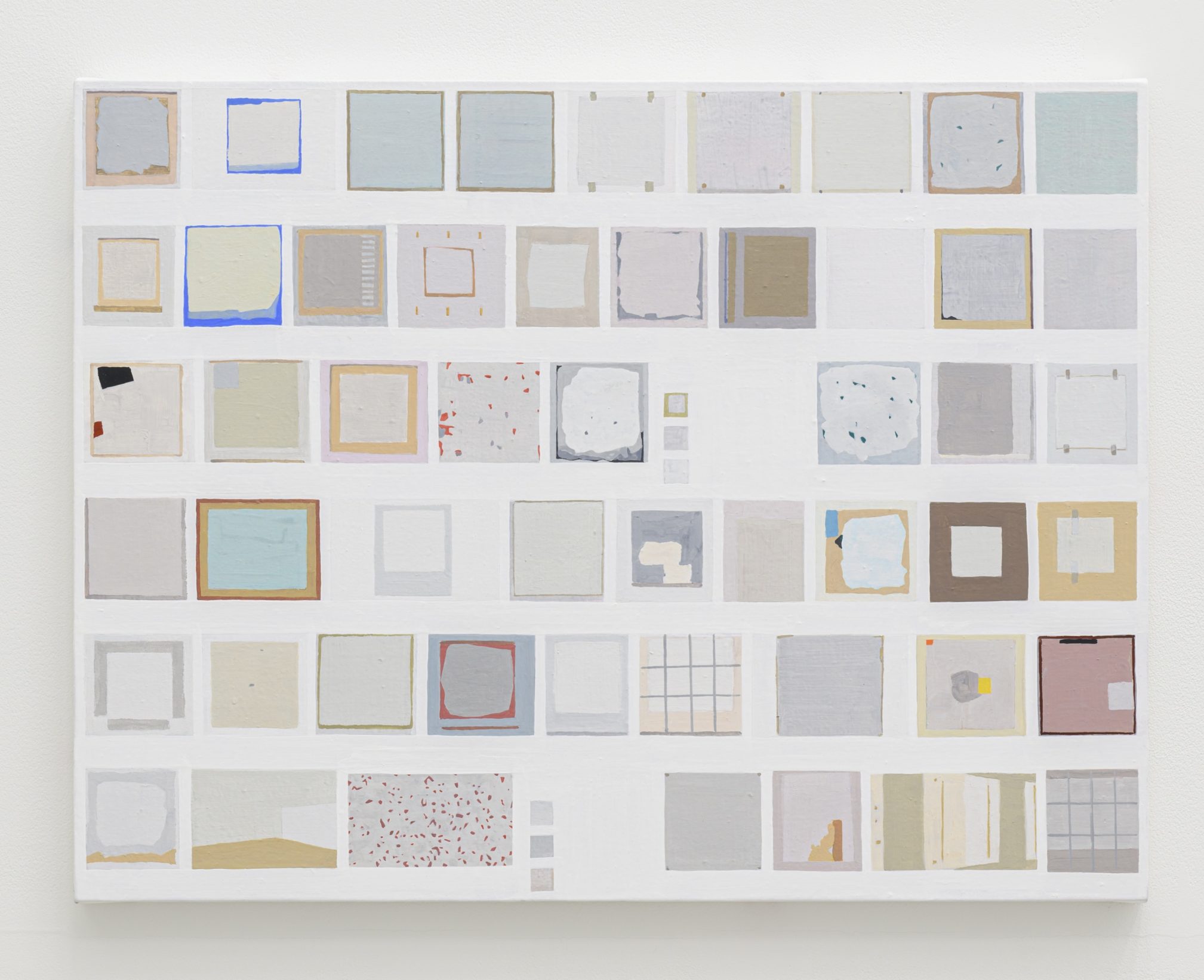
Search Results
2022
Acrylic, pigment on cotton, panel
48.5 x 63.5cm
Maki Fine Arts is pleased to present a group show featuring new and recent works by five artists starting Saturday, June 25, through Sunday, July 24, 2022.
Yoshio Shirakawa
Born 1948 in Fukuoka, Japan, Yoshio Shirakawa graduated from Kunstakademie Düsseldorf in 1981. Recent shows include To the Enneades (Rin Art Association, 2022), Summer Light (solo, Maki Fine Arts, 2019), Weavers of Worlds -A Century of Flux in Japanese Modern/Contemporary Art–(Museum of Contemporary Art Tokyo, 2019), Production Process (solo, Rin Art Association, 2018), Beyond the future of Meld Sculpture (curation, Maki Fine Arts, 2018), Creative Dialogue with Museum 01–MONUMENT (Tottori Prefecture Museum, 2017), Aichi Triennale 2016–A Rainbow Caravan (2016), The Capital Room: Beyond Three Dimensional Logical Pictures–vol. 7 (solo, gallery αM, 2016), and dada, dada, da (solo, Arts Maebashi, 2014).
Fuminao Suenaga
Born 1974 in Yamaguchi, Japan, Fuminao Suenaga graduated from Tokyo Zokei University in 1999 with a major in painting. Recent shows include Picture Frame (solo, Maki Fine Arts, 2020), Publicness of the Art Center (Art Tower Mito, Contemporary Art Gallery, 2019-2020), Weavers of Worlds–A Century of Flux in Japanese Modern/Contemporary Art– (Museum of Contemporary Art Tokyo, 2019), MOT Collection: Pleased to meet you. New Acquisitions in recent years (Museum of Contemporary Art Tokyo, 2019), Search Results (solo, Maki Fine Arts, Tokyo, 2018), railroad siding 2017 (former Tokorozawa city supply center for school meals, Saitama, 2017), APMoA Project ARCH vol. 11 Museum Piece (Aichi Prefecture Museum of Art, 2014), and Born in 1974 (part 1 of a 40th anniversary show, Museum of Modern Art, Gunma, 2014).
Keisuke Shirota
Born 1975 in Kanagawa, Japan, Keisuke Shirota received his MFA from Tokyo University of the Arts, Department of Design in 2003. His recent exhibitions include Out of the frame (solo, Maki Fine Arts, 2022), Over (solo, Maki Fine Arts, 2021), PAINT,SEEING PHOTOS (solo, Chigasaki City Museum of Art, 2019-2020), Tracing / Background (solo, Base Gallery, 2013), Shell Artist Selection (The National Art Center, Tokyo, 2013), Photo Reference: Photographic Image in Contemporary Japanese Art Practices (Belgrade Cultural Center, 2012), and his solo show at Galerie Stefan Röpke (2010).
Shunsuke Kano
Born 1983 in Osaka, Japan, Shunsuke Kano completed his graduate studies at Kyoto Saga University of Arts in 2010. Recent shows include Gaps in the Sandwich (solo, The Triangle, Kyoto City KYOCERA Museum of Art, 2021-2022), Cascades and Barriers (solo, Maki Fine Arts, 2021), Compression Training (solo, Clinic, 2021), Counter Program (solo, Art-Space TARN, 2020), Fountain for the 8th shiseido art egg (Shiseido Gallery, 2021), VOCA 2017 Vision of Contemporary Art (Ueno Royal Museum, 2017), and Photography Will Be (Aichi Prefectural Museum of Art, 2014). Kano is also a member of the COPY TRAVELLERS.
Sean Micka
Born 1979 in Boston, Massachusetts, Sean Micka lives and works in Brooklyn, New York. Micka was a participant in the Whitney Museum of American Art’s Independent Study Program from 2012-2013 and 2013-2014. Recent shows include, Fine Silver and Extraordinary Diamonds from the Estate of an Important Collection (Josée Bienvenu Gallery, 2019), People Who Work Here (CFCP & David Zwirner Gallery, 2019), Edges, Corners, Shadows (Three Star Books, 2018), and Condition Report: Deregulation (Abron Arts Center, 2014).
Yoshio Shirakawa : Summer Light
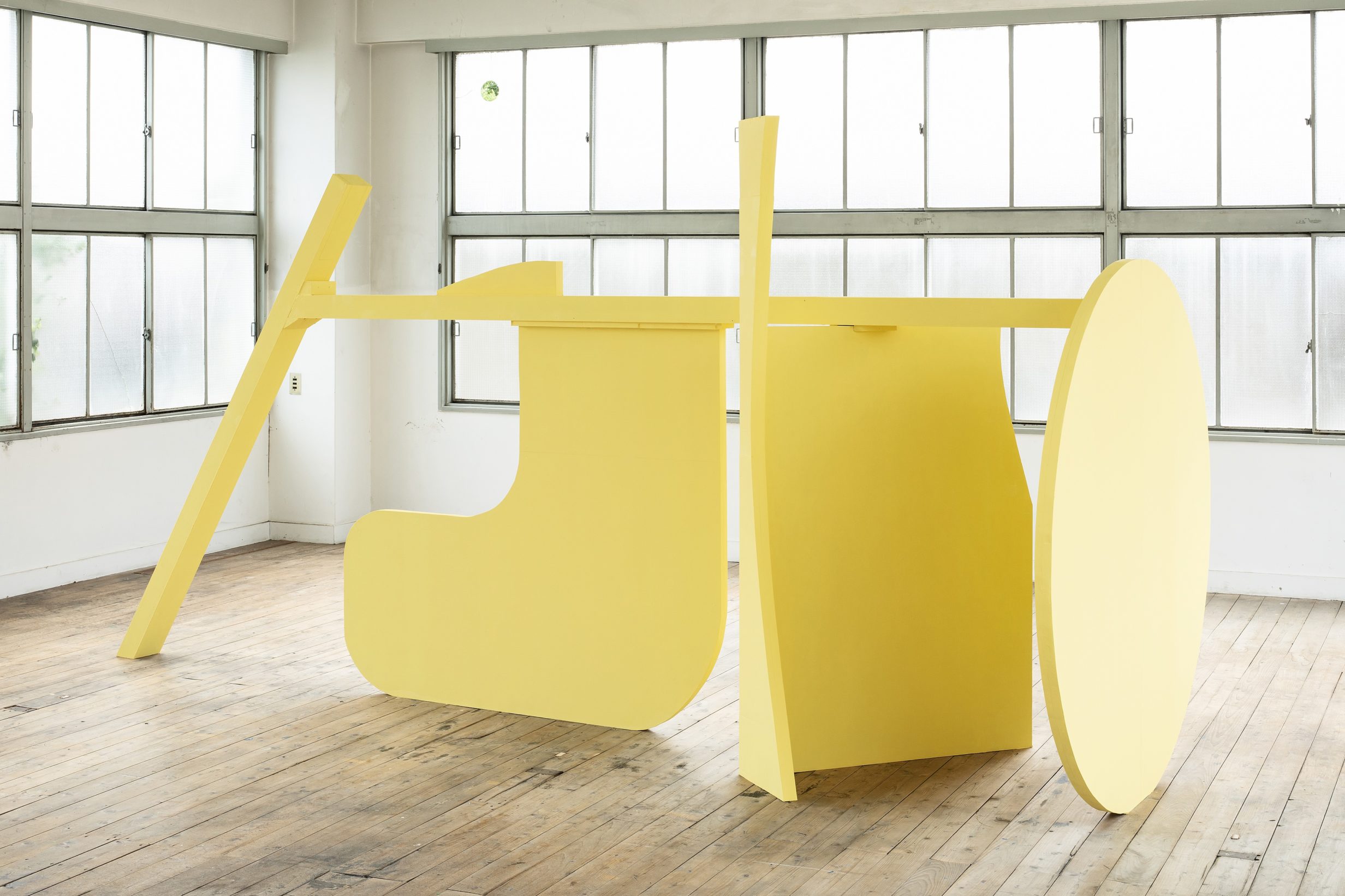
“Summer Light”
2019
Plywood, acrylic paint
370 x 200 x 150cm
Maki Fine Arts is pleased to present Yoshio Shirakawa’s second solo show at our gallery, Summer Light, starting Saturday, October 5, 2019.
—
When Two Lights Intersect–For Yoshio Shirakawa’s solo show
By Shinya Sugawara (art critic / theory)
Yoshio Shirakawa’s new work “Summer Light” seemed to have suddenly appeared as a tie-in to his “Circle – Sculpture” series from more than two decades ago. To some, his new creation may resemble the modern sculptures made by Anthony Caro 30 years ago. Indeed, Shirakawa’s use of a single color on an abstract sculpture as well as his utilization of circular shapes–something frequently seen in Caro’s works–are certainly something similar found in the works of both artists. To Shirakawa, however, the circle does not simply represent an abstract geometric form. In 1979, preceding his “Circle-Sculpture” series, the artist had already published a collection of conceptual drawings in Germany in which he had introduced various notions regarding the circular shape.
In addition, unlike Caro’s free-from method of casting iron for his sculptures, Shirakawa’s “Summer Light” was created using only wood and paint materials that were relatively easy to obtain from DIY home centers. While the restraint on materials was established in part due to the artist’s production environment, the matter of using ready-made materials for his work has been seized by the artist as a beneficial opportunity. One may be able to understand the connection between “Summer Light” and his “Coyote” series, shown multiple times at Maki Fine Arts in which Shirakawa utilized reclaimed material for his works. As a result, even if his works look as though they are purely molded abstract sculptures that are independent of reality, their linkage to concept and reality will always remain as something that cannot be fully abstract.
Shirakawa’s creations are often classified into two exclusive lines–shaped work or social work. As mentioned before, however, even his works such as “Summer Light” cannot be sorted only as “shaped” or only as “abstract.” Perhaps what is requested from us, the viewer of his show Summer Light, is to immerse ourselves in the space where two lights intersect–one emitted from the work “Summer Light” and the other from what would most likely be classified as social work, “Light of Benten Shopping Street”–so we can discover how the two lines found within each work made by Shirakawa coexist.
—
Yoshio Shirakawa
Born 1948 in Fukuoka, Japan, Shirakawa received his MFA from Kunstakademie Düsseldorf in 1981. He has been based in Gunma since returning to Japan in 1983.
Current shows include The Ecology of Expression: Remaking Our Relations with the World (Arts Maebashi, 2019), Weavers of Worlds -A Century of Flux in Japanese Modern/Contemporary Art–(Museum of Contemporary Art Tokyo, 2019), Production Process, (solo, Rin Art Association, 2018), Beyond the future of Meld Sculpture (curation, Maki Fine Arts, 2018), Coyote (solo, Maki Fine Arts, 2017), Contemporary Art in Gunma 2017–Where contemporary art belongs in the community (Museum of Modern Art, Gunma, 2017), Creative Dialogue with Museum 01–MONUMENT (Tottori Prefecture Museum, 2017), Aichi Triennale 2016–A Rainbow Caravan (2016), The Capital Room: Beyond Three Dimensional Logical Pictures–vol. 7 (solo, gallery αM, 2016), and dada, dada, da (solo, Arts Maebashi,2014).
NADA New York
March 2 – 5, 2017
Skylight Clarkson North
Participating Artists : Yoshio Shirakawa, Fuminao Suenaga, Kazuhito Tanaka, Tomohito Ishii, Maki Katayama

